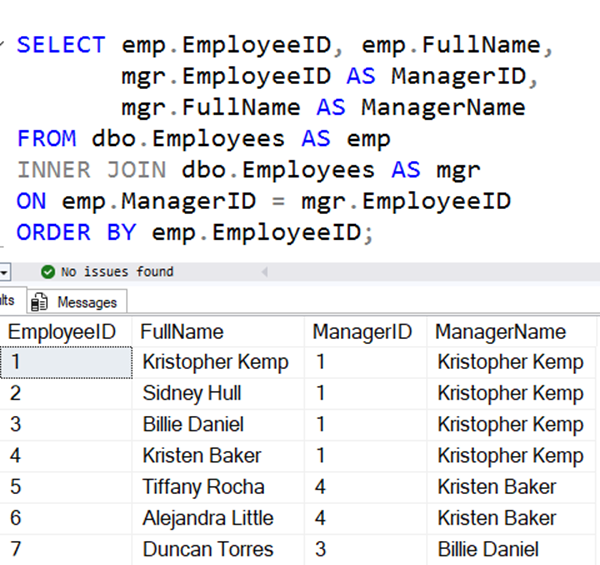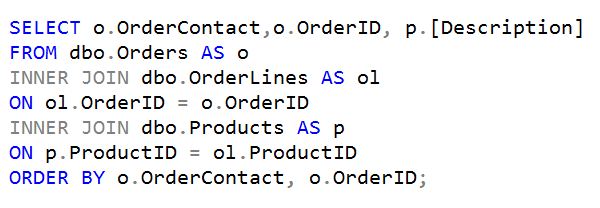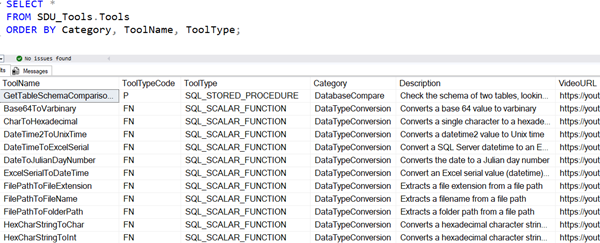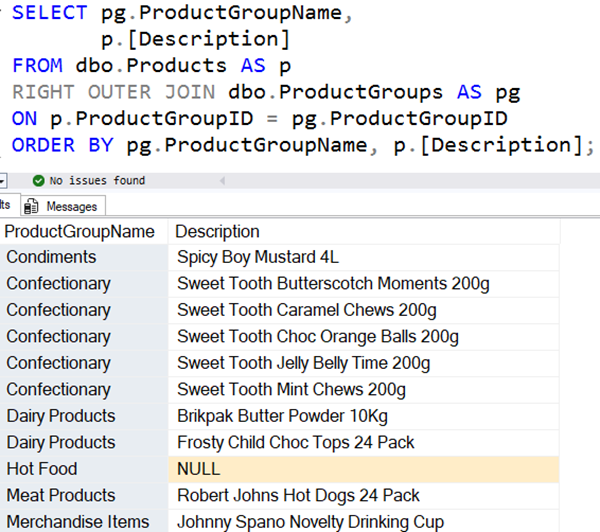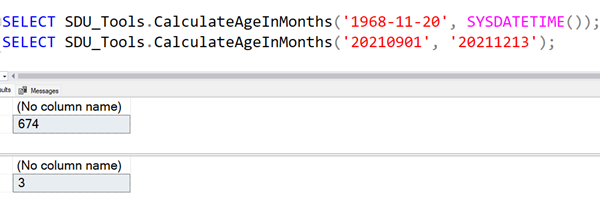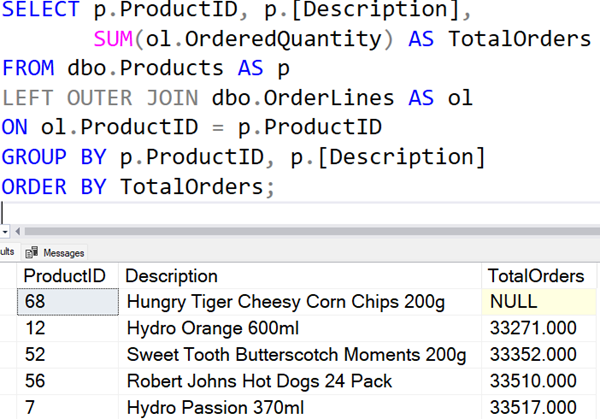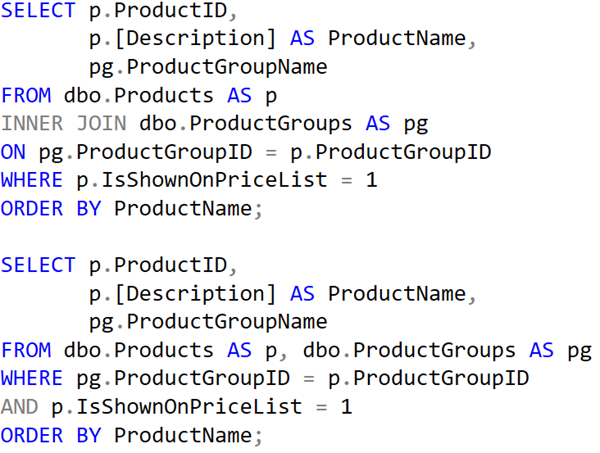
SQL Interview: 17: Using NULLIF
This is a post in the SQL Interview series. These aren’t trick or gotcha questions, they’re just questions designed to scope out a candidate’s knowledge around SQL Server and Azure SQL Database.
Section: Development Level: Medium
Question:
You see the following statement in a query that you are reviewing.
What is the purpose of the NULLIF function in this statement?
SELECT @a / NULLIF(@b, 0);
What was the author trying to achieve?
Answer:
The variable @a is being divided by the variable @b, but the variable @b might be zero. In that case, a divide by zero error would be returned.
2025-02-05

